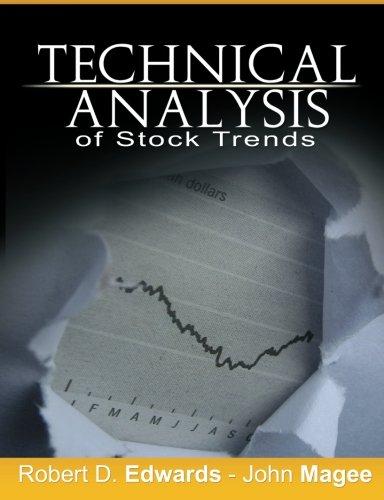Question
COST OF CAPITAL Coleman Technologies is considering a major expansion program that has been proposed by the companys information technology group. Before proceeding with the
COST OF CAPITAL Coleman Technologies is considering a major expansion program that has been proposed by the companys information technology group. Before proceeding with the expansion, the company must estimate its cost of capital. Assume that you are an assistant to Jerry Lehman, the financial vice president. Your first task is to estimate Colemans cost of capital. Lehman has provided you with the following data, which he believes may be relevant to your task. (1) The firms tax rate is 40%. (2) The current price of Colemans 12% coupon, semiannual payment, noncallable bonds with 15 years remaining to maturity is $1,153.72. Coleman does not use short-term interest-bearing debt on a permanent basis. New bonds would be privately placed with no flotation cost. (3) The current price of the firms 10%, $100.00 par value, quarterly dividend, perpetual preferred stock is $111.10. (4) Colemans common stock is currently selling for $50.00 per share. Its last dividend (D0) was $4.19, and dividends are expected to grow at a constant rate of 5% in the foreseeable future. Colemans beta is 1.2, the yield on T-bonds is 7%, and the market risk premium is estimated to be 6%. For the bond-yield-plus-riskpremium approach, the firm uses a risk premium of 4%. (5) Colemans target capital structure is 30% debt, 10% preferred stock, and 60% common equity. To structure the task somewhat, Lehman has asked you to answer the following questions. a. (1) What sources of capital should be included when you estimate Colemans WACC? (2) Should the component costs be figured on a before-tax or an after-tax basis? (3) Should the costs be historical (embedded) costs or new (marginal) costs? b. What is the market interest rate on Colemans debt and its component cost of debt? c. (1) What is the firms cost of preferred stock? (2) Colemans preferred stock is riskier to investors than its debt, yet the preferreds yield to investors is lower than the yield to maturity on the debt. Does this suggest that you have made a mistake? (Hint: Think about taxes.) d. (1) Why is there a cost associated with retained earnings? (2) What is Colemans estimated cost of common equity using the CAPM approach? e. What is the estimated cost of common equity using the DCF approach? f. What is the bond-yield-plus-risk-premium estimate for Colemans cost of common equity? g. What is your final estimate for rs? h. Explain in words why new common stock has a higher cost than retained earnings. i. (1) What are two approaches that can be used to adjust for flotation costs? (2) Coleman estimates that if it issues new common stock, the flotation cost will be 15%. Coleman incorporates the flotation costs into the DCF approach. What is the estimated cost of newly issued common stock, considering the flotation cost? j. What is Colemans overall, or weighted average, cost of capital (WACC)? Ignore flotation costs. k. What factors influence Colemans composite WACC? l. Should the company use the composite WACC as the hurdle rate for each of its projects? Explain.
Step by Step Solution
There are 3 Steps involved in it
Step: 1

Get Instant Access to Expert-Tailored Solutions
See step-by-step solutions with expert insights and AI powered tools for academic success
Step: 2

Step: 3

Ace Your Homework with AI
Get the answers you need in no time with our AI-driven, step-by-step assistance
Get Started


